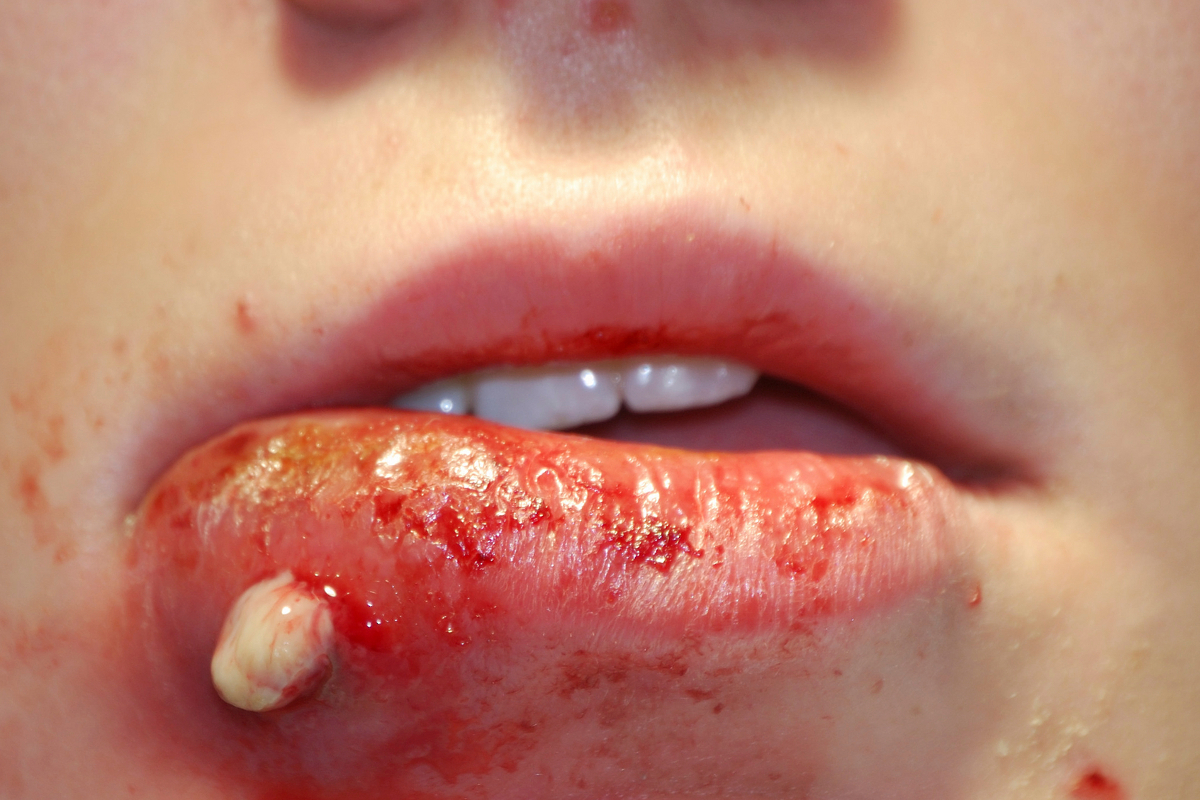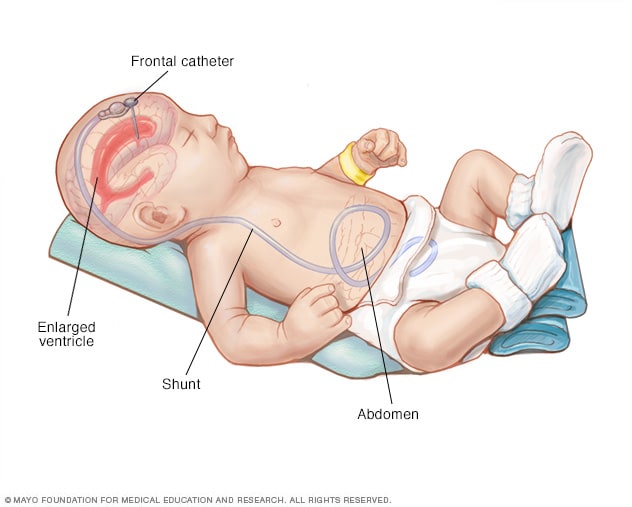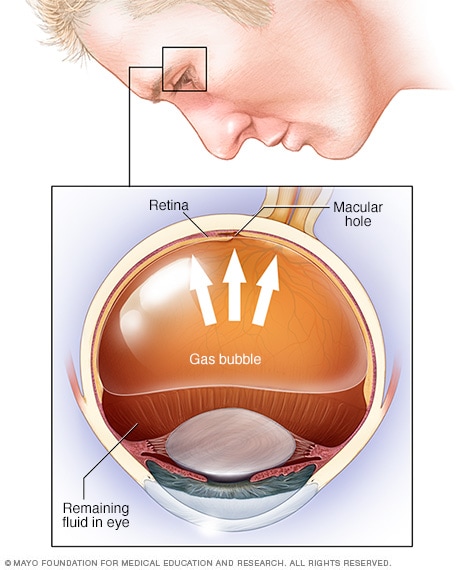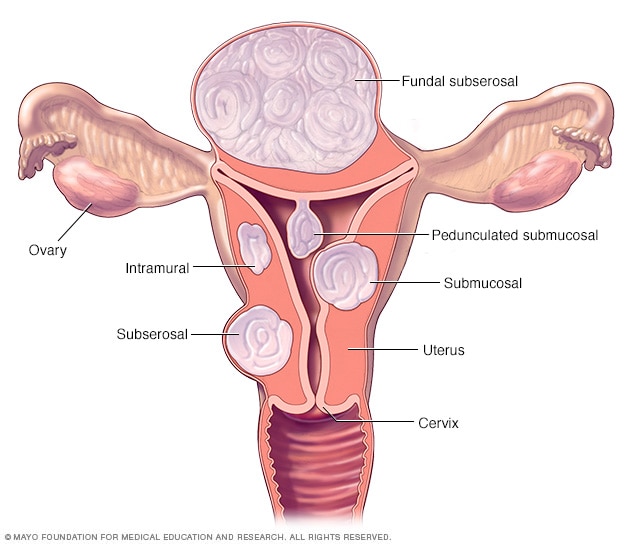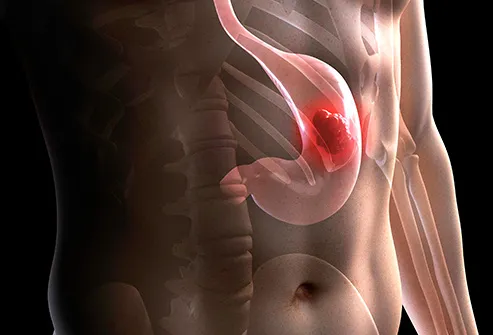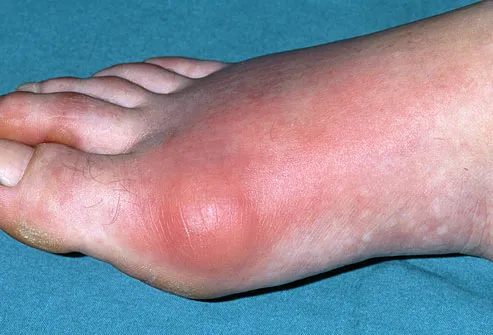Cellulitis is a common infection of the skin and the soft tissues underneath. It happens when bacteria enter a break in the skin and spread. The result is infection, which may cause swelling, redness, pain, or warmth.
You’re at risk if you have:
- Trauma to the skin
- Diabetes
- Circulatory problems, such as not enough blood flow to your arms and legs, poor drainage of your veins or lymphatic system, or varicose veins — twisted, enlarged veins near the surface of the skin
- Liver disease such as chronic hepatitis or cirrhosis
- Skin disorders such as eczema, psoriasis, or infectious diseases that cause sores, such as chickenpox
Causes:
- Injuries that tear the skin
- Infections after surgery
- Long-term skin conditions such as eczema or psoriasis
- Foreign objects in the skin
- Bone infections underneath the skin. (An example is a long-standing, open wound that is deep enough to expose the bone to bacteria.)
Symptoms:
Cellulitis can appear on almost any part of the body. It usually shows up on damaged skin such as inflamed wounds, dirty cuts, and areas with poor circulation. It needs to be treated by a doctor. Common symptoms include:
- Redness
- Red streaking
- Swelling
- Warmth
- Pain or tenderness
- Leaking of yellow, clear fluid or pus
When to see doctor:
Go to the emergency room if you have any of the following:
- High fever or chills
- Nausea and vomiting
- Enlarging or hardening of the reddened area
- Increased pain
- Numbness of the area when touched
- Other medical problems that may be affected by even a minor infection
Exams and Tests for Cellulitis
Your doctor will do a medical history and physical exam. Additional procedures include:
- A blood test if the infection is suspected to have spread to your blood
- An X-ray if there’s a foreign object in the skin or the bone underneath is possibly infected
- A culture. Your doctor will use a needle to draw fluid from the affected area and send it to the lab.
Treatment for Cellulitis
- Rest the area.
- Elevate the area to help reduce swelling and relieve discomfort.
- Use over-the-counter pain relievers such as acetaminophen (Tylenol) or ibuprofen (Motrin) to ease the pain, as well as keep your fever down
- The infection is severe.
- You have other medical problems.
- You are very young or very old.
- The cellulitis covers large areas, is on your hands, or is close to body parts like your eyes.
- The infection worsens even after taking antibiotics for 2 to 3 days.
In serious cases, you may need to stay in the hospital. You’ll get IV antibiotics until the infection is under control (2 to 3 days), and then go home with oral medicines.
Surgery for Cellulitis
Rarely, severe cases may need surgery. For example, doctors may need to open and drain an abscess or pus that has collected in the tissue. They may also need to cut away dead tissue to allow healing.
Prevention of Cellulitis
- Practice good personal hygiene and keep your skin clean.
- Wear sturdy, well-fitting shoes or slippers with loose-fitting cotton socks. Avoid walking barefoot outdoors.
- Wash injured skin with soap and water. Make sure it heals over the next few days.
Some injuries are at greater risk for cellulitis than others. Be sure to contact your doctor if you have:
- Animal or human bites
- Puncture wounds deeper than a half-inch, such as from stepping on a nail
- Crushed tissue that bleeds
- Burns that blister
- Frostbite
- Deep injuries with dirt in them
- Injuries that touch sea water (making them more prone to infection), especially if you have liver disease
- Diabetes or other significant medical conditions, such as liver or kidney disease
- Swelling in your arms and legs that does not go away












